Riding in Traffic | ||
| Protect yourself! Be seen! Many motorists do not expect, or see, motorcycles that share the same road with them. Although a collision may be the other motorist's fault, that won't help the motorcycle rider who is more likely to be injured. Riders need to take a tactical approach when riding in traffic. | |||
|
The left portion of a lane, where the left wheels of a vehicle would travel, is often recommended as the best place to ride on a two lane highway. On a four lane highway ride in the right portion of the lane so you can:
These points illustrate why it is best to use the left portion of the lane most of the time. However, there are many times when it is smarter to use the centre or right portion of the lane in order to expand your space cushion. | |||
Maintaining a space cushion
| |
|
| |
| Maintain a two second following distance under ideal conditions. |
| |
|
| |
| Do not try to pass by squeezing past vehicles.
| |
|
One of the ways for a rider to be seen is to know and use the best road position for each situation. There is no single position that is always best.
Here are some things to consider when choosing your lane position.
- Before the crest of a hill, move to the centre or right lane position. You never know what might be coming over the hill.
- When riding in a curve, choose a position that will give the best view through the curve ahead.
- Avoid the turbulence or wind blast that is caused by large vehicles. When a large vehicle is approaching, move to the right lane position and keep a firm grip on the handlebar. Wait for a while after the vehicle has passed before returning to your previous lane position.
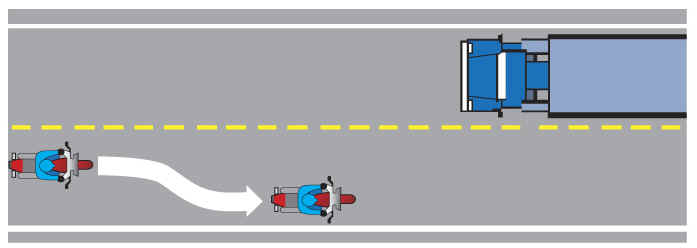
|
When following another vehicle, stay out the other driver's blind spot as much as possible. | |||
|
| |||
|
| |||
| Ride where you can be seen clearly in the other vehicle's rear view mirror. | |||
|
| Stay well back to be seen better. This will also provide you with more time to react to the unexpected actions of others and to road hazards such as potholes and debris. | ||
|
The “right turn squeeze” could occur if a motorcycle rider is positioned between a large vehicle that is turning right and the curb. In this position, the driver of the large vehicle may not see the motorcycle rider. Stay out of this position. Choose a lane position that allows plenty of distance between you and the other vehicle. | ||
|
| ||
|
| ||
|
Many collisions involving motorcycles happen at intersections. Some causes of collisions at intersections are the result of:
To avoid intersection collisions do the following.
| ||
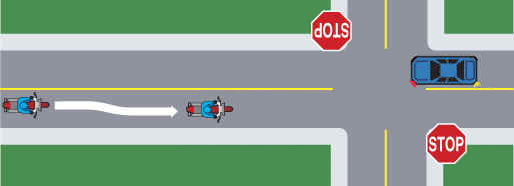 | |
| Slow down and be ready to adjust your lane position. If an oncoming driver wants to turn left, slow down and move to the right portion of your lane, since this will increase the space between you and the oncoming vehicle. Never assume that the other driver has seen you.
| |
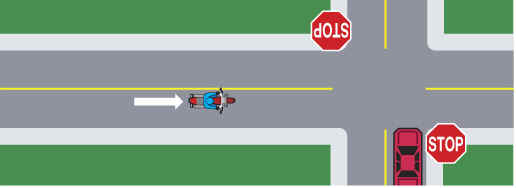 | |
| If a vehicle is about to enter from the right side of the intersection, stay or move to the left portion of your lane and be prepared to stop. If a vehicle can enter your path, assume that it will.
| |
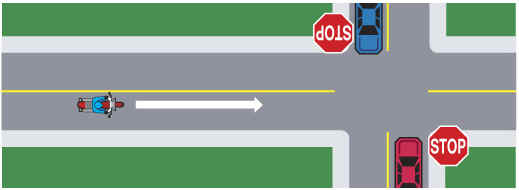 | |
| If traffic is about to enter the intersection from either side of a road, stay in the left portion of the lane. Be prepared to take evasive action or stop. |
| There is always some risk involved when changing lanes and you must do it safely. Avoid unnecessary lane changes. The few seconds that you think might be saved by constantly switching lanes is not worth the risks involved. Plan ahead so you are not forced into making sudden lane changes. When changing lanes:
| |||
| Passing another vehicle may look easy but there is always risk involved. Do not pass unless it is necessary. Ask yourself, “What will I gain?” If it is necessary to pass, be sure you are passing in a legal passing zone and make sure it is safe. Do not pass:
| |||
- ride in the left portion of the lane at a safe following distance to increase your line of sight
- check ahead for oncoming traffic to ensure you have enough space to complete the pass safely
- check your mirrors
- shoulder check to the left to ensure that no one is attempting to pass you
- turn on your left signal light
- look ahead for oncoming traffic
- maintain a two second following distance until you are about to pass
- check ahead again to be sure you still have the space necessary to complete the pass safely
- pass the other vehicle, but remember that you are not permitted to exceed the speed limit
- after passing the vehicle, pull far enough ahead until you can see the front of the passed vehicle in your mirror. Check over your right shoulder, signal, and move back into your travel lane when it is safe to do so.
- passing on the right is permitted only when the road has two or more lanes going in the same direction, when the vehicle being overtaken is making a left turn, or if there is a traffic lane available for passing to the right.
When passing parked vehicles, stay toward the left portion of your lane. This will help avoid problems caused by vehicle doors opening or people stepping out from between parked vehicles.
A bigger problem can occur when a driver pulls away from the curb without checking that the lane is clear of traffic. The driver may fail to see you even if a shoulder check is done. In either event, the driver may pull out and enter into your path so slow down or be prepared to change lanes.
| Being passed Cooperate if someone is passing you by maintaining a constant speed and lane position. It is illegal and hazardous to speed up when being passed. Slow down, if necessary, to make sure the passing vehicle has room to move in safely. Be careful when a large truck is coming toward you. It can block a strong crosswind or create a pull of its own, which may cause you to lose control. | |
|
| |
| Once the vehicle starts to pass, maintain your lane position, and be prepared to slow down and move to the right if necessary. Return to your normal lane position after the pass is completed. |
Tq to http://transportation.alberta.ca/
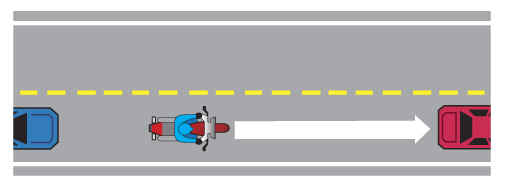
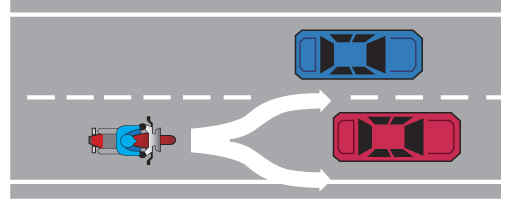
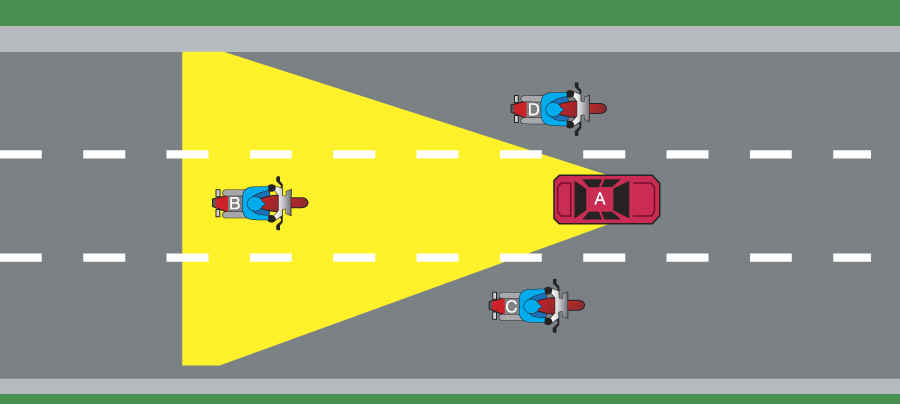
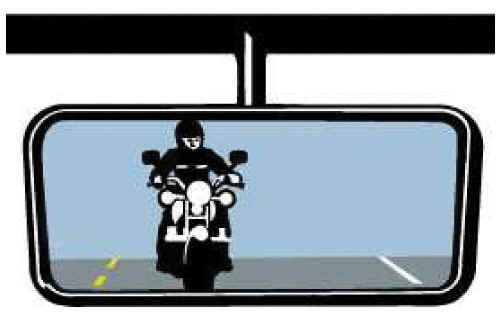
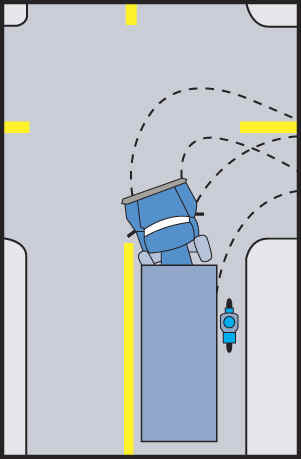
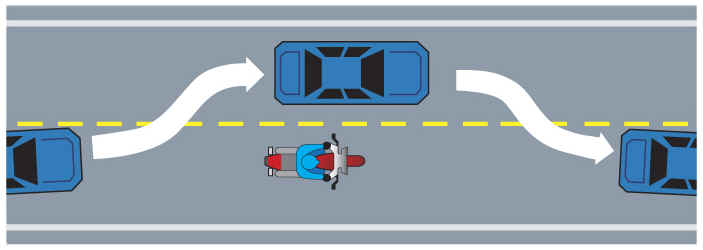
No comments:
Post a Comment